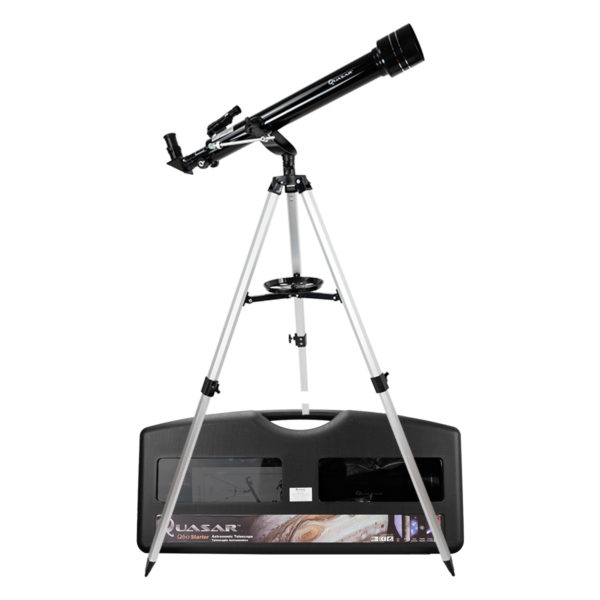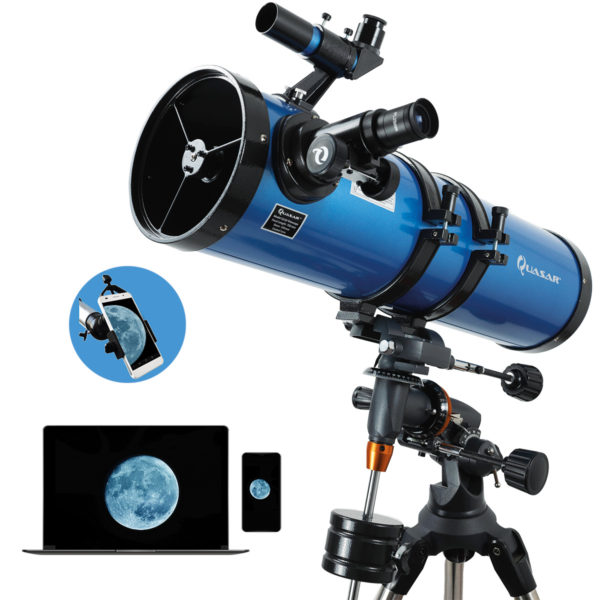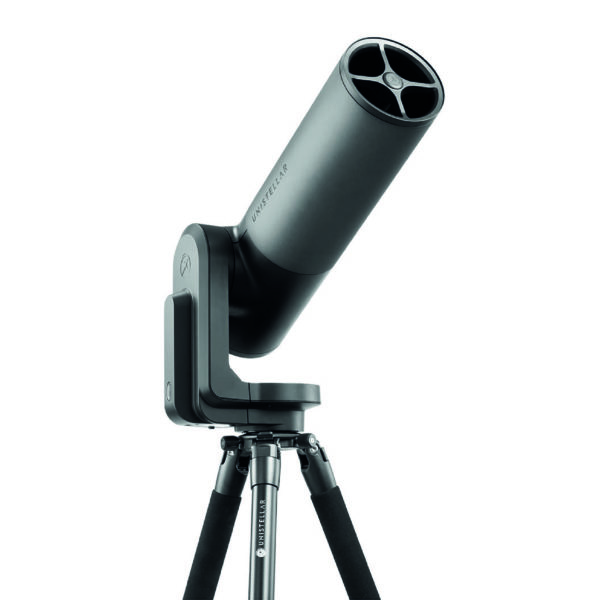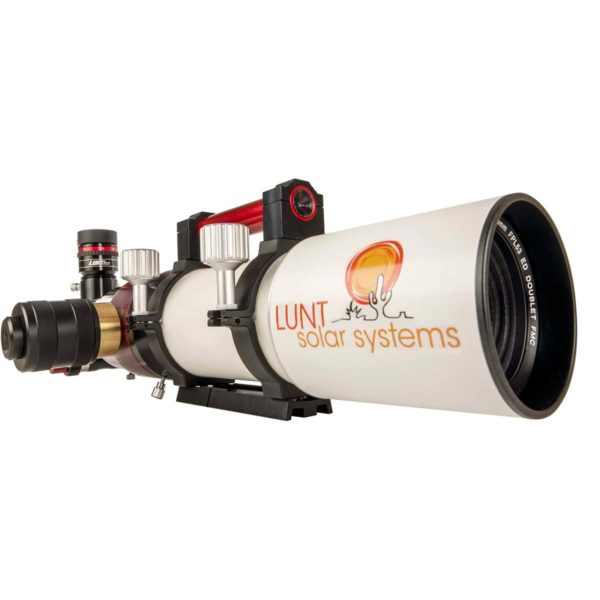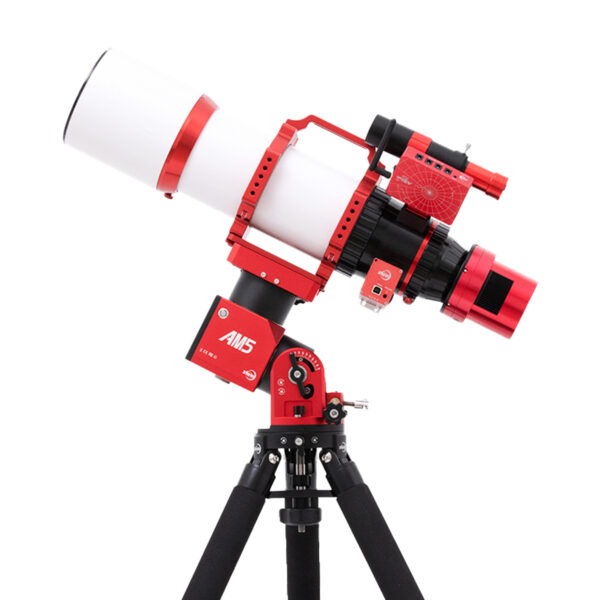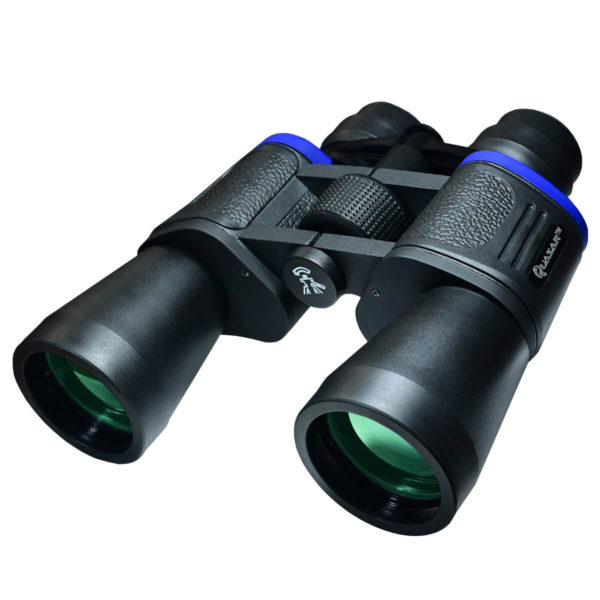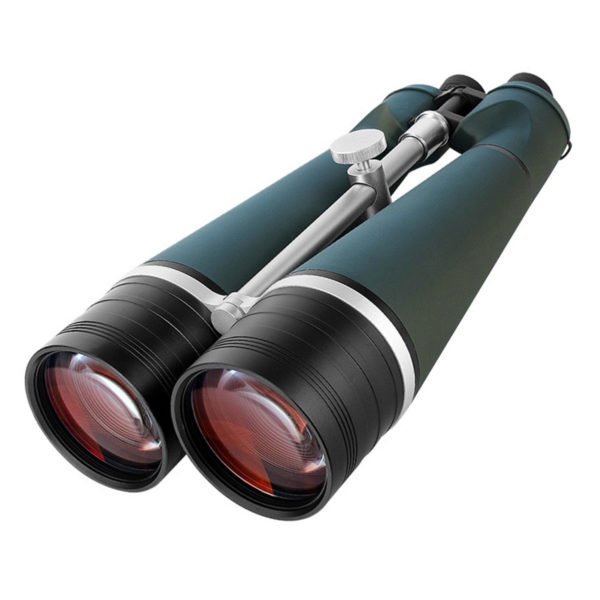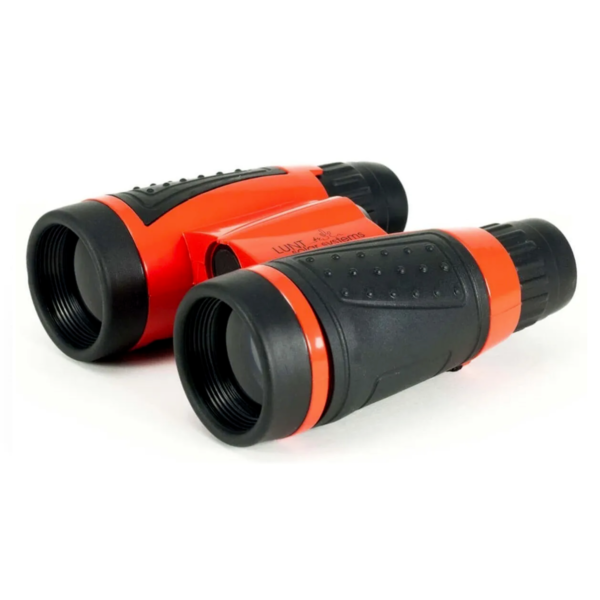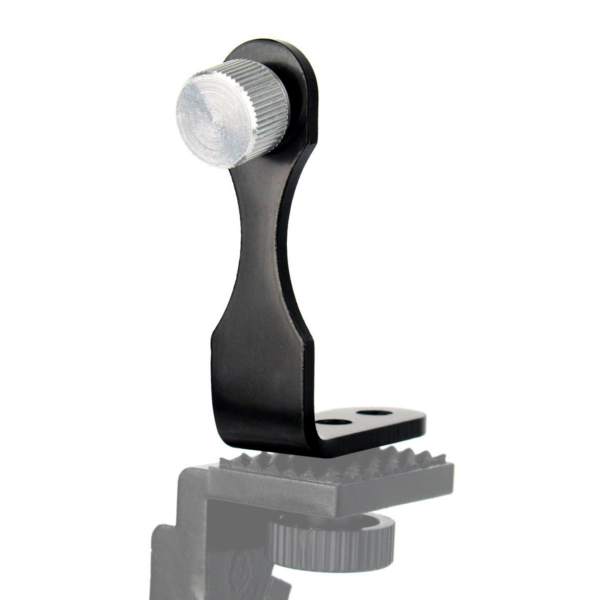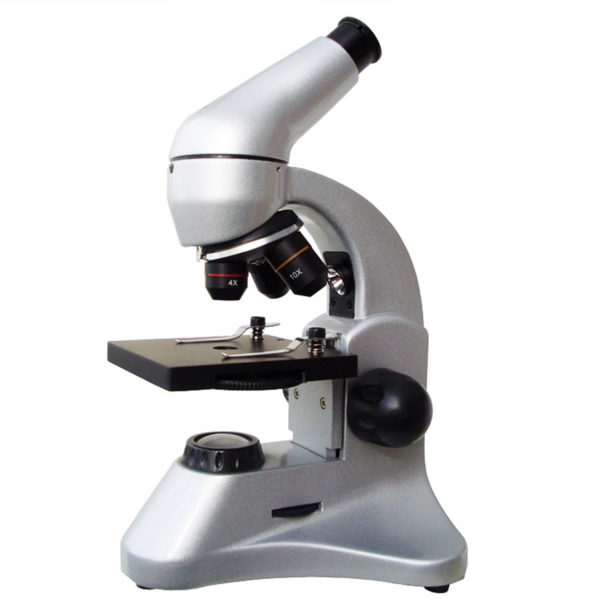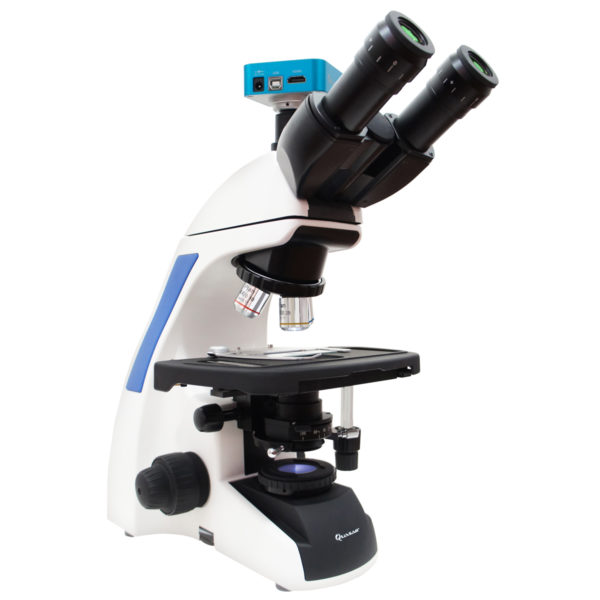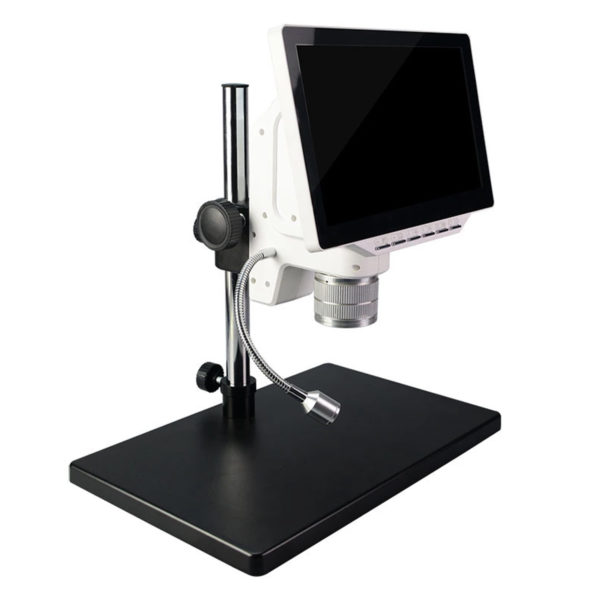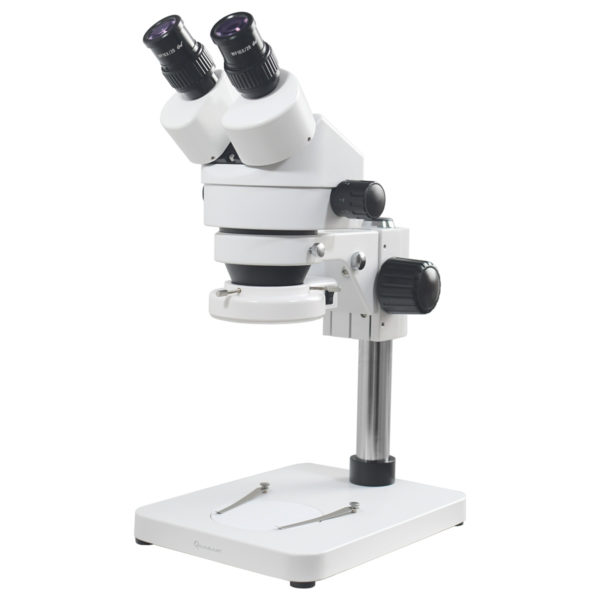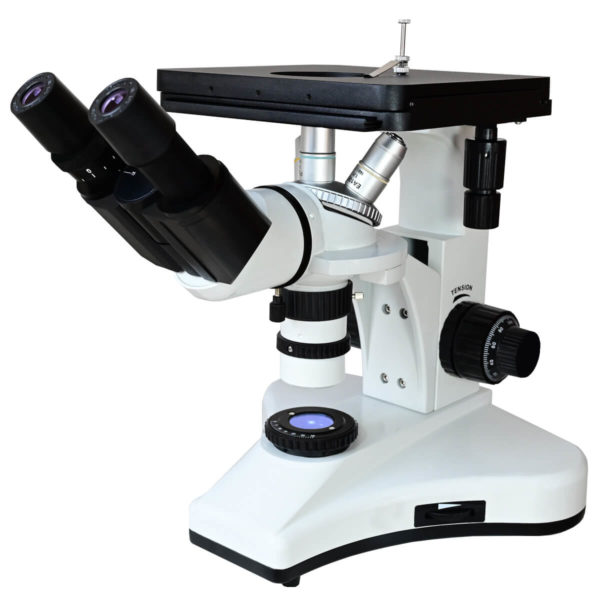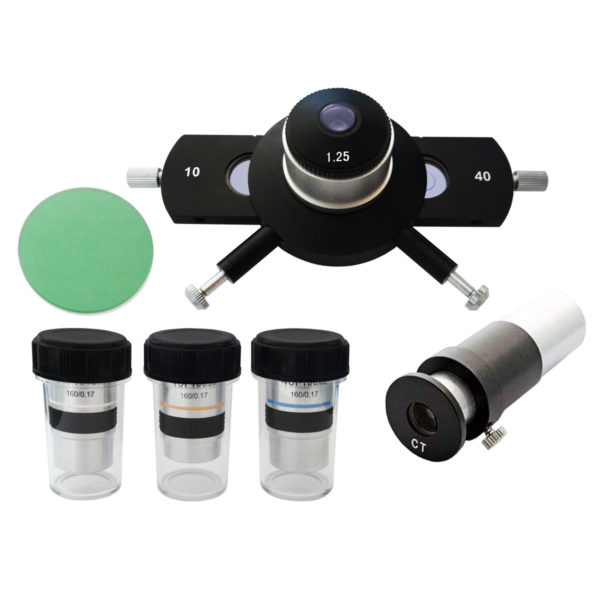Orion returns the capsule that will return humanity to the Moon, in this mission the capsule did not carry a human crew, after being in space for 25 days to go around the moon and return in a splashdown.
Artemis I is the spearhead mission of a joint program between NASA and ESA to establish a permanent base on our natural satellite. When the Orion capsule returned, it splashed down in the Pacific Ocean off Baja California at 11:40 a.m. after deploying in the planned sequence, a system of eleven parachutes that allowed him to reduce from about 523 km/h to just under 32 km/h when he landed.

During the process in which it crossed the atmosphere, the ship reached the amount of 2800°C, which is more or less half of the solar surface, all this was to test a new thermal shield of five meters wide.
About ten minutes after ditching, helicopters sent from the US Navy ship USS Portland flew over the capsule and confirmed to mission controllers that the capsule was in good condition after reaching these temperatures.
Orion’s journey was 2.2 million km from its takeoff on November 16, it lasted a total of 25 days, which were divided into stages: the outbound flight, the lunar orbit and the return.

Since the return of Orion, NASA has already set to work sending Artemis II in 2024, and in 2025 Artemis III is expected to launch, which will be the one that will take astronauts to the moon back, but before If that happens, scientists must analyze and examine the data from the Artemis I mission and its crew of dummies, data that will be confirmed or new with the Artemis II Mission.
Now by an incredible coincidence or perhaps the return of Artemis to Earth was planned, known with the 50th anniversary of the Apollo 17 moon landing, in which astronauts Gene Cernana and Harrison Schmitt were on December 11, 1972.
“We couldn’t be more pleased with the spacecraft’s performance,” said Debbie Keroth, Deputy Director of the Orion program.


